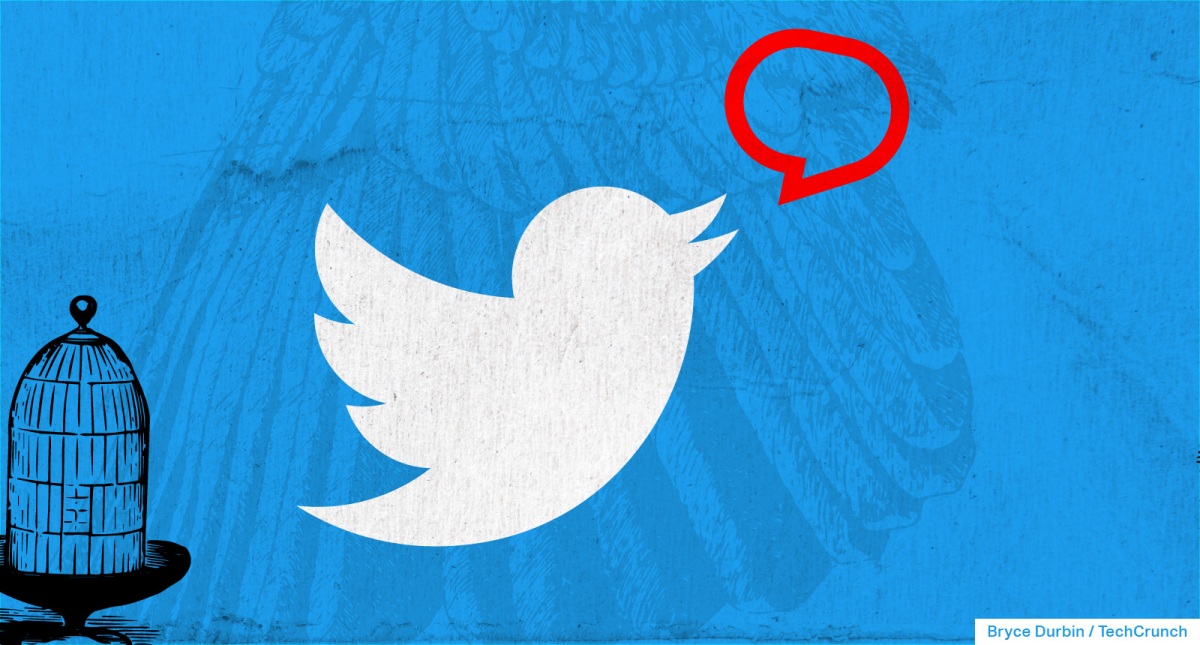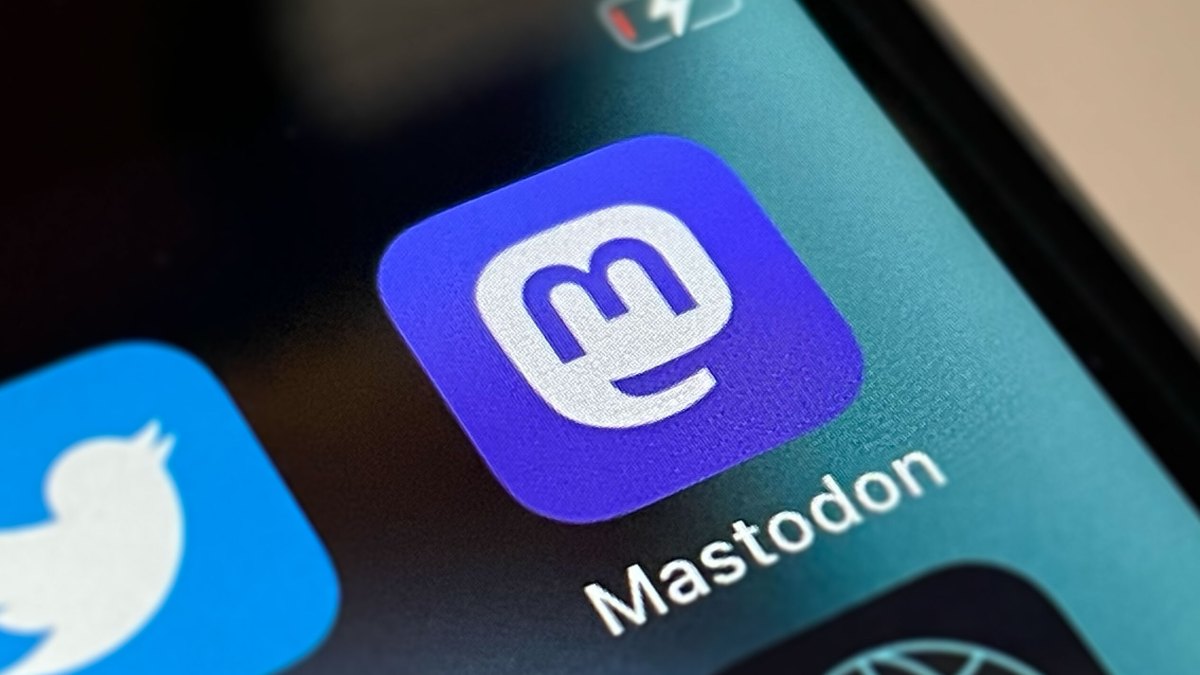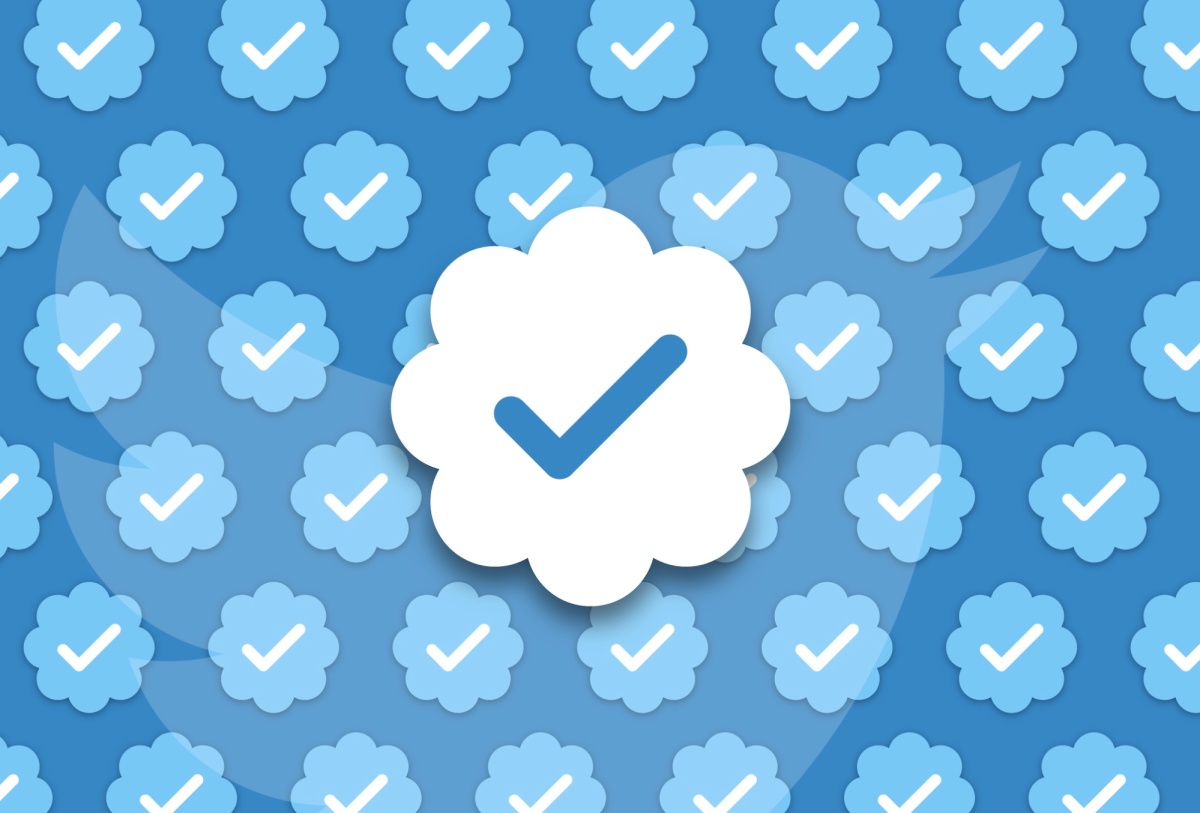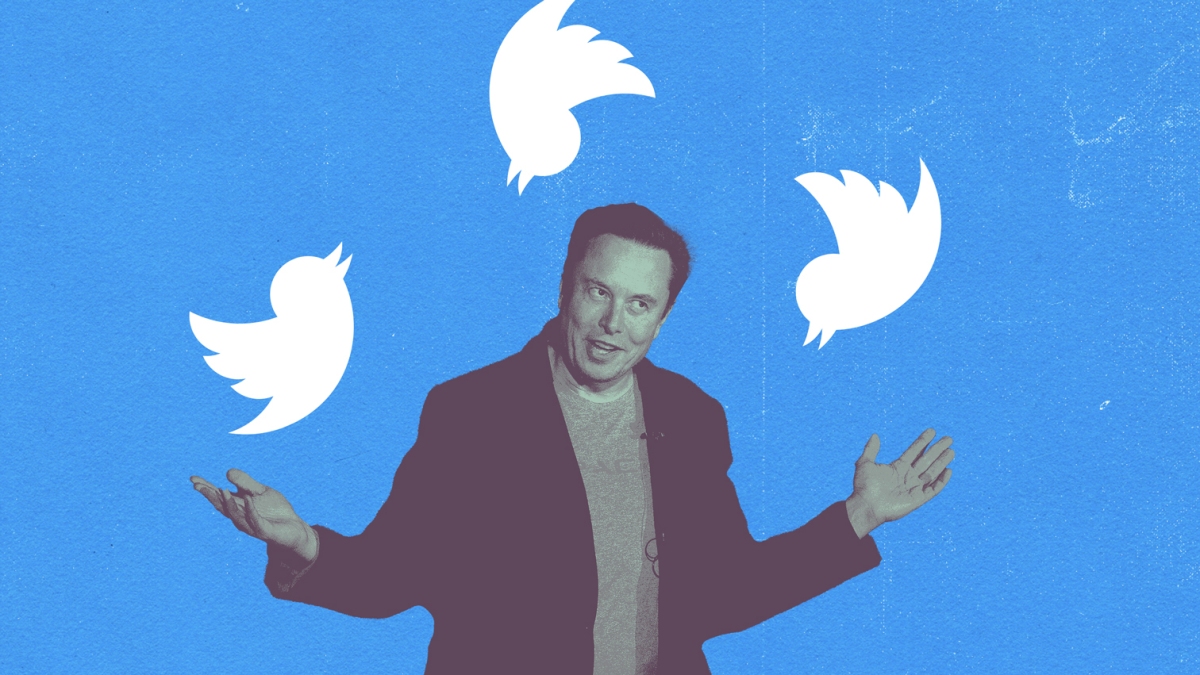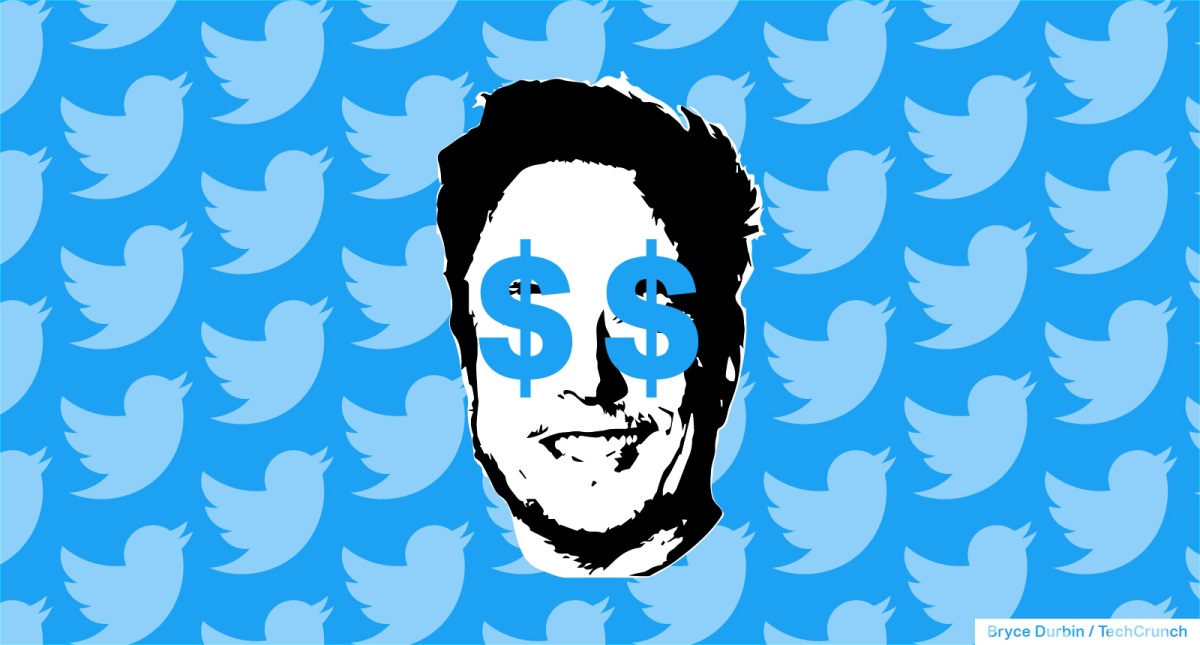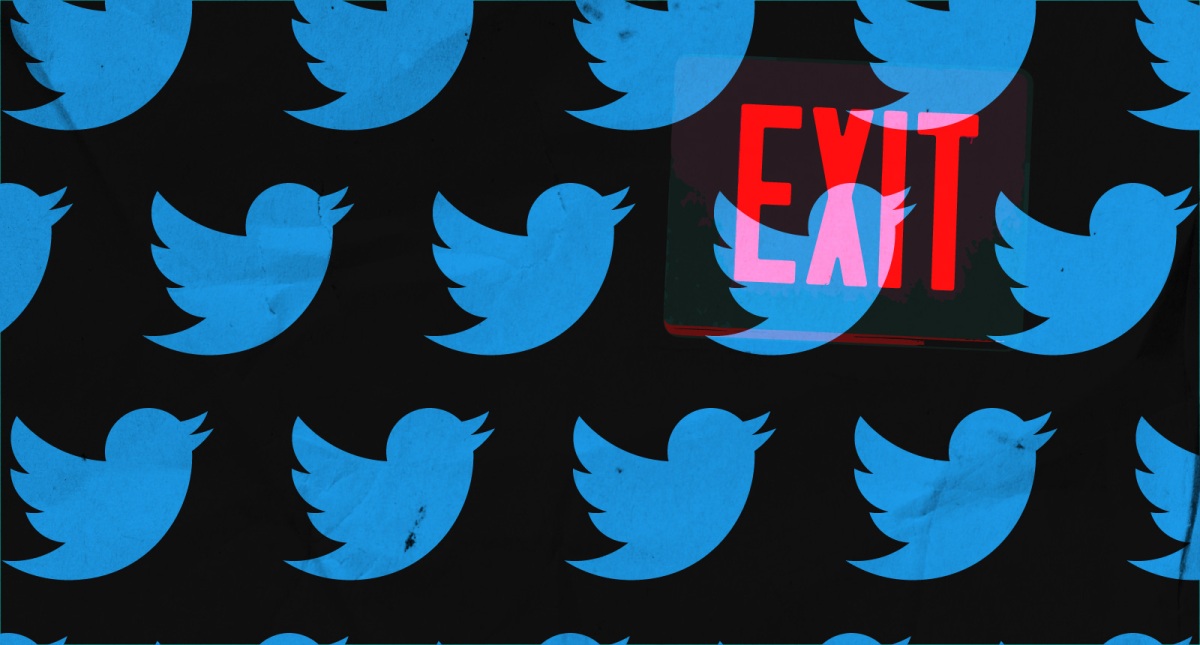A beginner’s guide to Mastodon, the open-source Twitter alternative • ZebethMedia
As Twitter users fret over the direction that new owner Elon Musk is taking the company, masses of users have hopped over to Mastodon, an open-source Twitter alternative. Since October 27, when the SpaceX and Tesla CEO formalized his Twitter takeover, Mastodon has gained nearly 500,000 new users, effectively doubling its user base. But what is Mastodon anyway, and should we all be getting our accounts set up? If you’re a Twitter purist who likes to use basic functionality like private DMing, quote-tweeting and user-friendly onboarding, Mastodon might not be for you. But if you’re looking to try something new on the social internet, then why not give Mastodon a whirl? Elon Musk isn’t there! What is Mastodon? Mastodon was founded in 2016 by German software developer Eugen Rochko. Unlike Twitter, Facebook, Reddit or any other popular social media site, Mastodon is a non-profit, meaning that, ideally, its goal is to benefit the public, rather than shareholders. “Unlike the past 5 years that I’ve been running Mastodon operations as a sole proprietor, where Mastodon’s income was my personal income (minus all the expenses), I am now an employee with a fixed wage,” Rochko wrote in a blog post last year. “My personal income will thus be lower but I was willing to go this route because I want Mastodon to have more resources for things like hiring extra developers, UX designers, developing official apps and so on, and I want there to be a clear boundary between fundraising for that cause and my personal income.” Mastodon might look like a Twitter clone at first glance, but the underlying system behind the microblogging platform is far more complex. The service is decentralized (no, not in a blockchain way), describing itself as a “federated network which operates in a similar way to email.” When you first create your account, you choose a server — similar to how you choose to open an email account on Gmail, Hotmail, Yahoo or wherever — which generates your profile’s address. So, for example, if you sign up for Mastodon via the climate justice server, then your address will be @[your username]@climatejustice.social. But no matter what server you sign up with, you will be able to communicate with users from any other server, just like how Gmail users email Hotmail users and vice versa. However, some servers might have blocked other servers (perhaps if it’s an unsavory group), which would mean you can’t communicate with anyone from the blocked server. The Mastodon lingo Mastodon users generally refer to individual communities as “instances” or servers. These Mastodon servers can be run by individuals, groups or organizations that each have their own set of rules regarding how users can sign up, as well as their own moderation policies. Some servers let anyone join, while others are invite-only or require approval by an admin. For example, a server for professional scientists asks applicants to include a link to their research to demonstrate that they are, indeed, professionals. Choosing which server to register your account with might seem stressful, but it’s possible to move your account later, so don’t worry. Plus, you can follow people regardless of what server they’re on. You may also hear Mastodon described as part of the “Fediverse,” or an interconnected web of various social media services. You know how having a Twitter account doesn’t mean you can use that account on Instagram? Through the Fediverse, your single Mastodon account also grants you access to other decentralized social networks, if that interests you. You may also see Mastodon’s equivalent of tweets being referred to as “toots,” but this is fading out of favor (since it’s kind of silly!). Many people are just calling them “posts” these days but “toot” is often found referenced in older third-party clients. Mastodon supports a number of Twitter conventions like replies, retweets, favorites, bookmarks, and hashtags. But its retweets are called “boosts” and it doesn’t support the concept of quote tweets. This was an intentional choice on the part of the founder who said it encourages speaking “at your audience” instead of “with the person you’re talking to.” In addition, Mastodon lists work slightly differently from Twitter as you can only add people to a list if you’re already following them. And Direct messages on Mastodon are just @username posts, not private messages coming to a DM inbox. Image Credits: Fediverse (opens in a new window) What does it mean that Mastodon is open-source? Anyone can download, modify and install Mastodon on their own server — plus, the developers of the platform don’t own the copyright. That doesn’t mean that you can grab Mastodon’s code without acknowledging the source, though. Former president Donald Trump’s social media platform, Truth Social initially launched with Mastodon code and passed it off as if it were original software. Mastodon did not take kindly to that. How do you create a Mastodon account? When you arrive on the Mastodon website, you can click a button called “create account,” which directs you to a page listing servers to choose from. You can filter these by various factors, like region, language, topic, sign-up speed and more. There, find a server that piques your interest and join — if it’s a server that requires you to be approved, you might need to wait a bit. From there, you can start finding people to follow, regardless of whether they’re registered via your same server. How do you decide what Mastodon server to join? Mastodon’s website has helpful resources — but it’s still a bit overwhelming and challenging to find a home base that aligns with your interests. Ask friends who are already on Mastodon if they have suggestions! Or just join somewhere random, because you can always change your server affiliation later once you get into the swing of things. Can you talk to people on other Mastodon servers besides your own? Yes, you can follow people outside of your local server and reply to their posts. However, when you

